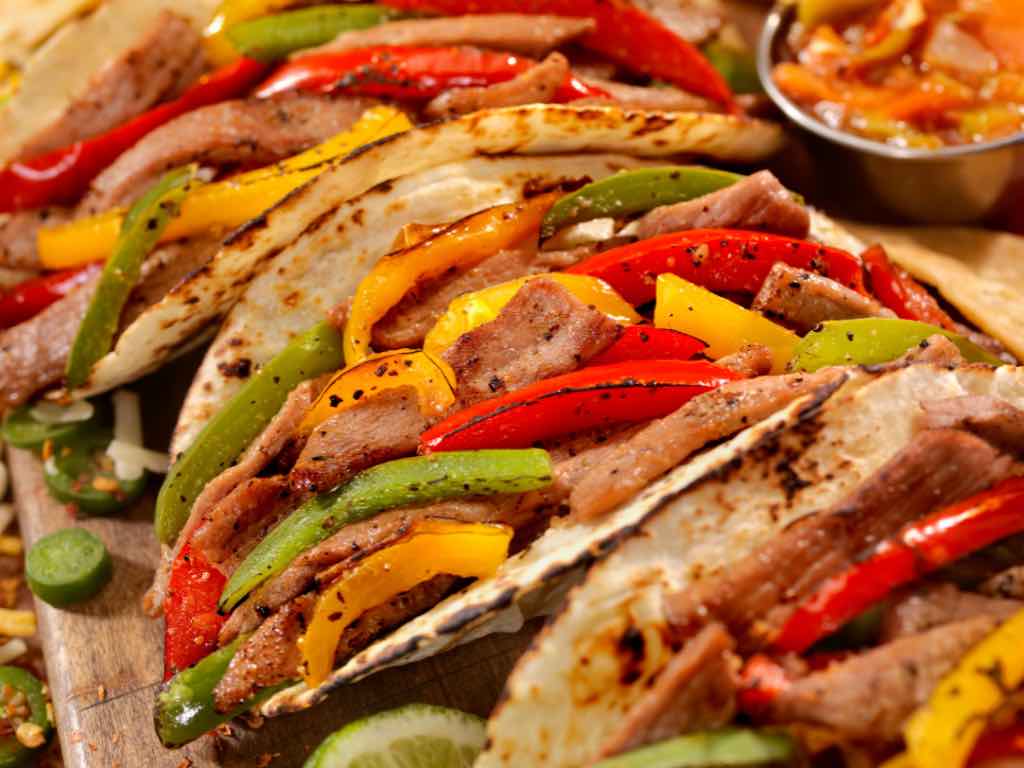
Exploring the Flavorful Showdown: Fajita vs Taco
|
|
Time to read 5 min
Welcome to One Stop Halal!
Written by: Najma A.
|
|
Time to read 5 min
In Mexican cuisine's vast and vibrant world, few dishes, like fajitas and tacos, capture the essence of bold flavors and cultural richness. These iconic dishes have become staples not only in Mexican households but also in international culinary scenes. Despite their similarities, fajitas vs tacos are distinct in their preparation, presentation, and taste. In this culinary showdown, we'll delve into the origins, ingredients, and nuances that make fajitas and tacos unique, exploring Mexican-inspired cuisine's diverse and delicious world.
Fajitas vs Taco share some common ingredients, but the unique elements set them apart. Let's break down the critical components of each dish:
How fajita vs taco are presented and served contributes to their distinctive identities.
While fajita vs taco boast bold and dynamic flavor profiles, the differences lie in preparation and seasoning.
Beyond their delectable flavors and culinary distinctions, taco vs fajita hold profound cultural significance, acting as ambassadors of Mexican and Tex-Mex traditions that transcend borders.
In summary, fajitas vs taco transcend their roles as dishes; they are cultural ambassadors, representing the diverse history, communal values, and culinary ingenuity of Mexican and Tex-Mex communities. Whether on the streets of Mexico City or in a Texan barbecue joint, these dishes tell stories of tradition, adaptation, and the shared love for good food.
Welcome to the Home of the Halal Chicken Cuts. We carry various chicken cuts that are hard to find elsewhere. We deliver to your doorstep anywhere in the United States within 1-2 business days.
There is no clear winner in the epic battle of fajitas vs tacos—only personal preference. Tacos offer a diverse and customizable handheld experience, celebrating the art of layering flavors. With their sizzling presentation and DIY assembly, Fajitas provides a theatrical dining experience that brings people together.
Ultimately, whether you find yourself savoring the bold simplicity of a street taco or indulging in the communal ritual of assembling your fajitas, both dishes showcase the rich tapestry of Mexican culinary traditions. So, the next time you're faced with the dilemma of choosing between fajitas and tacos, embrace the diversity, celebrate the flavors, and enjoy the culinary journey that each dish offers.

© 2025 One Stop Halal, Inc.